Day 7: Today in Shanghai, noticed that…
It was another thought provoking day in Shanghai. We watched the next Grade 5 (aged 10-11) lesson in the sequence on algebraic equations and then saw a Grade 1 (aged 6-7) lesson on subtracting using partitioning.
Again, in the Grade 5 lesson, it was clear that the teacher was able to have a really specific learning point and stick to it. The misconception he correctly anticipated was that the children wouldn’t write the conclusion to the equations that they solved. For example:
A Dad uses ¥80 to buy five children’s cinema tickets. He has ¥5 remaining. How much does one ticket cost?
x = each child’s ticket.
¥80 – 5x = ¥5
5x = ¥80 - ¥5
5x = ¥75
x = ¥75 ÷ 5
x = ¥15
The learning he valued was the sentence at the top, which he rightly predicted would be the children’s misconception. He expertly picked apart the children’s responses, which had all correctly found that x = ¥15, under the visualiser.
X = tickets (wrong)
X = children’s tickets (wrong)
X = each child’s ticket
Again, nothing revolutionary, and something we would do - but done really clearly and precisely by ensuring that children pay attention to what the teacher wants them to so that the maths is clear. While the children have done some practise of solving equations this week, all the learning has been about giving the equation meaning.
At the end of the lesson, the learning was put into context of where it would be used in the real world - an electric bill. The maths was too complex for the children to solve but that wasn’t the point. Due to the focus that the teacher had put on writing equations in the correct order and not just the simplest to solve, they could write an equation to solve it and apply their learning. What we liked about it was that it wasn’t shoe horned into the lesson to detract from the maths, it was shown at the end to support the learning. Everything is meticulously planned out here.

The second lesson was fascinating but not for its content - which was very similar to a year 1 lesson you’d experience in the UK - but for the comparisons of the children in both countries.
Firstly, it was explained to us that Grade 1 is particularly difficult to teach in Shanghai because the gap between the most and least able children is the biggest in the school. Some children have been tutored and already know it and some are coming across it for the first time. By Grade 5, the gap is much smaller. I don’t think I can think of a more damning comparison between our two systems than that.
Secondly, at Grade 1, we saw our first behaviour chart – where the children can earn stars for their rows for good learning. The mentality is very much that the children are taught how to learn at the start of their school journey and then, supported by parental reinforcement, the responsibility to engage is on them. It is against the law to “punish” children by making them miss their play time, or stand up on a time out.
The lesson itself was well thought through, precise and packed with learning. Noticeably, having seen the world of difference between the content taught to our Year 6 and their Grade 5 this week, the content at this age was no different.
The teacher started with a problem solving task, matching up eight equations into pairs (e.g. 2+3 and 12+3) but she wasted little time in getting them to solve it. She quickly gave them the answer and drew their attention to what she wanted them to notice – 12+3 has one more ten than 2+3 – before unpicking this relationship using concrete resources.
.jpg)

One child, who’d clearly been highly tutored, solved 12+8 by converting it to decimals but this was dismissed as irrelevant as it wasn’t the focus. When the children independently solved the equations, the focus was first on writing out the whole process before giving them a chance to solve the problems mentally.
Later on in the lesson, the teacher gave the children a chance to use the same structure of partitioning to solve subtraction equations. To further empathise the point that we’ve previously made about Shanghai teachers understanding their curriculum, our host teacher explained to us where the Year 1 sequence of lessons on subtraction fitted into supporting children with regrouping to divide in Grade 3. At their desks, today’s link from addition to subtraction was no problem for the children as the image used to support their understanding was so clear. The teacher was able to focus the discussion around why we add when we subtract using partitioning.
This leads me onto my final comparison. The fluency of the children was incredible. There were no children counting on or back as we would see in the UK. There were no children using their fingers to add. There were no children who had the barrier of not being able to add a single digit number without regrouping. The mistake they made was not to use today’s structure – the answer was easy and irrelevant.
This was the 19th maths lesson of these children’s lives – although they would have experienced numbers at Kindergarten and at home prior to this. The first 15 lessons were all about the numbers 1-10 and they’d only been introduced to the numbers 11-20 after that. This isn’t too dissimilar to our Year 1 classrooms back home, so why are they so far ahead? The easiest answer is to bemoan the obvious barriers: additional parental support out here (or lack of for us), additional tutoring, starting school later when they’re ready to hold facts and focus longer, us having a broader and less precise curriculum etc. but a lot of those things are out of our control.
We need to think about the provision that we do offer. Our children, by the same age, would have had over fifty maths lessons of one hour, compared to 15 of 35 minutes in China, as well as our early year’s provision. How are we using this time? What can we do that we’re not doing already? We have made great strides in improving the use of resources, teaching more mathematical structures, teaching things for longer and slower, etc. but we must do more. Do our Early Years and KS1 teachers know where the maths is leading or are they rushing them towards the fastest method for SATS? Do we spend enough time on each number in EYFS? Is our EYFS environment rich enough? Do we allow the children to solve 13 + 5 by counting on when we should be forcing their attention to the structure of 10 + (3 + 2)? Can we spend more time learning number bonds to 6, to 7, to 8, etc? If we don’t teach children to be flexible with number at this age, when will they learn?

.jpg)
.png)
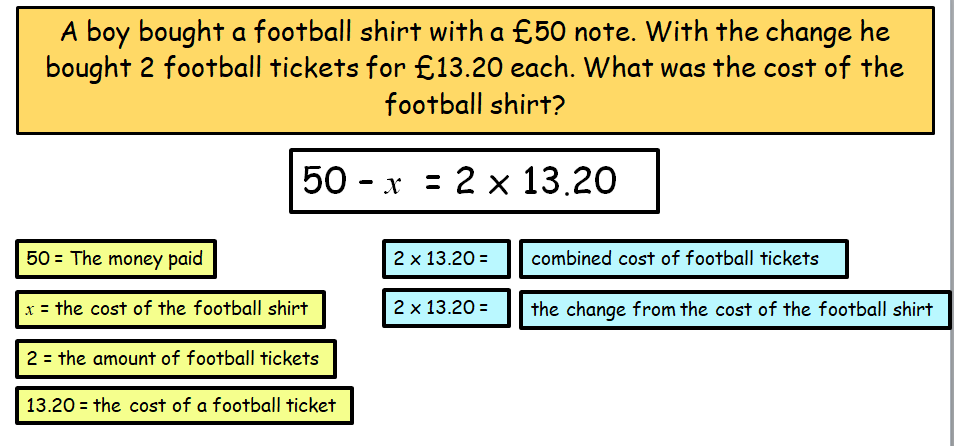
.png)
.png)
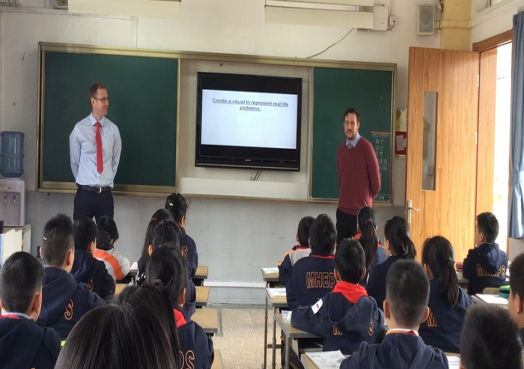
.jpg)
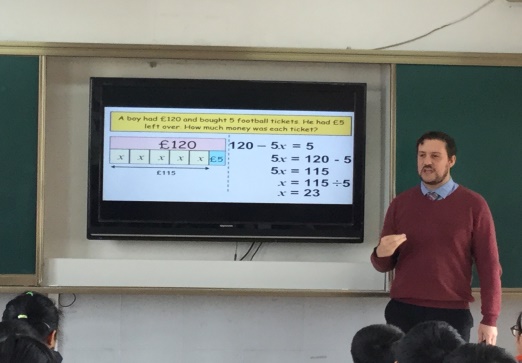
.jpg)
.jpg) It’s our second day at Minhang Experimental Primary School and our heads are still thumping! Both of us have taught Year 6, and both of us would consider ourselves fairly well versed in the curriculum. Today, however, we came up short. We have seen lessons in multiple year groups since being here in Shanghai, but the last two days in Year 6 (Grade 5) have challenged our subject knowledge more than ever. We can only hope that this blog does what we have seen today justice. Writing this without providing anyone with a presentation or slides seems almost an impossible task. In fact, I've thrown in the next pic just to show us taking some time out to practise our calligraphy – we needed it!
It’s our second day at Minhang Experimental Primary School and our heads are still thumping! Both of us have taught Year 6, and both of us would consider ourselves fairly well versed in the curriculum. Today, however, we came up short. We have seen lessons in multiple year groups since being here in Shanghai, but the last two days in Year 6 (Grade 5) have challenged our subject knowledge more than ever. We can only hope that this blog does what we have seen today justice. Writing this without providing anyone with a presentation or slides seems almost an impossible task. In fact, I've thrown in the next pic just to show us taking some time out to practise our calligraphy – we needed it!.png)
.jpg) The second lesson we saw today was on parallelograms and was probably the most fascinating of the day. The lesson was highly visual and led the children to making an abstract generalisation. It was the first time the children had seen the shape and the teacher provided excellent boards, practical pre-cut shapes to explore, an activity designed specifically to unpick the properties of the shape and it's commonalities with rectangles and squares. During the lesson, there was group work and paired work, as well individual time in which the children spent measuring and exploring the size and lengths of their own parallelograms. They also finished the lesson by telling us about its relationships with ‘diamonds’… but don’t worry, that's how the word translates when referring to a Rhombus #mathsjokes. We were also told in our feedback after the lesson that the Rhombus would be introduced at this stage.
The second lesson we saw today was on parallelograms and was probably the most fascinating of the day. The lesson was highly visual and led the children to making an abstract generalisation. It was the first time the children had seen the shape and the teacher provided excellent boards, practical pre-cut shapes to explore, an activity designed specifically to unpick the properties of the shape and it's commonalities with rectangles and squares. During the lesson, there was group work and paired work, as well individual time in which the children spent measuring and exploring the size and lengths of their own parallelograms. They also finished the lesson by telling us about its relationships with ‘diamonds’… but don’t worry, that's how the word translates when referring to a Rhombus #mathsjokes. We were also told in our feedback after the lesson that the Rhombus would be introduced at this stage..jpg)
.jpg) They measured the lengths of the different sides, discussed whether the shape had parallel and adjacent sides, before looking at angles inside a shape and the lines of symmetry it may or may not have had. Then children were invited to display their findings under the visualiser. All inside 35 minutes.
They measured the lengths of the different sides, discussed whether the shape had parallel and adjacent sides, before looking at angles inside a shape and the lines of symmetry it may or may not have had. Then children were invited to display their findings under the visualiser. All inside 35 minutes.
.jpg)

.jpg) Wow! Today was certainly an experience!
Wow! Today was certainly an experience! 
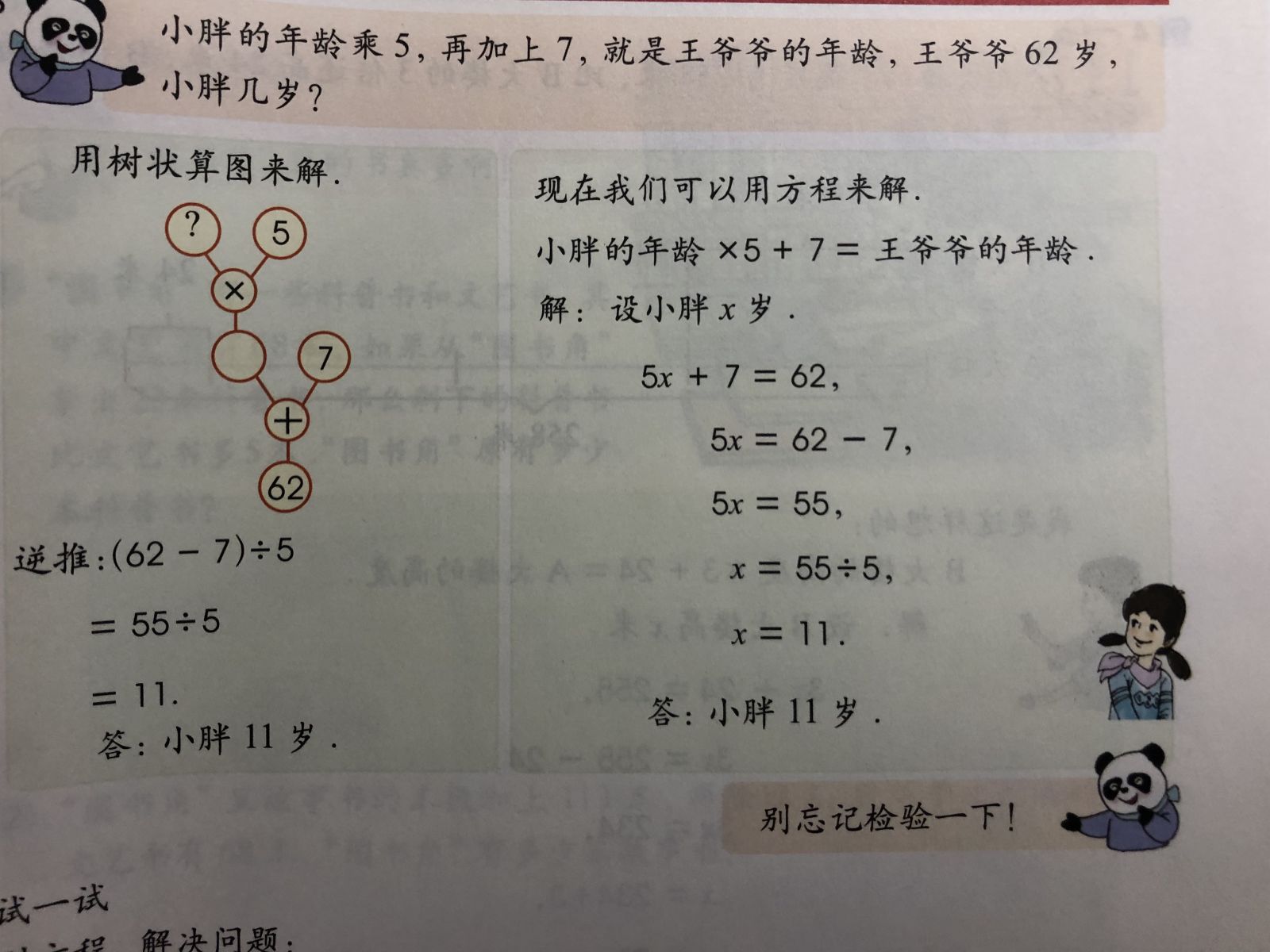


.jpg) Today was the final lesson in a sequence of lessons about measure and, like everything else in Shanghai, it did not disappoint. We had been privileged to see the two previous day’s lessons and today it was time for the children to really apply what they had learnt. Prior to today, the children had made centimetre squares, decimetre squares, stood on a metre square and today they unpicked why L x W can be used as a rule to solve the area of a rectangle. It seemed all so strange - we would have taught the children this in the first lesson AND we'd have even showed them how to work out the area of a triangle using what they'd just learnt. Wouldn't we? Well, at least we might have done some years ago. Being out here, it is certainly pleasing to see how far Maths teaching has developed in the UK in recent years, but equally it's drummed it home that we've still got a hell of way to go.
Today was the final lesson in a sequence of lessons about measure and, like everything else in Shanghai, it did not disappoint. We had been privileged to see the two previous day’s lessons and today it was time for the children to really apply what they had learnt. Prior to today, the children had made centimetre squares, decimetre squares, stood on a metre square and today they unpicked why L x W can be used as a rule to solve the area of a rectangle. It seemed all so strange - we would have taught the children this in the first lesson AND we'd have even showed them how to work out the area of a triangle using what they'd just learnt. Wouldn't we? Well, at least we might have done some years ago. Being out here, it is certainly pleasing to see how far Maths teaching has developed in the UK in recent years, but equally it's drummed it home that we've still got a hell of way to go. I'm sure we all, far too often, would have jumped into teaching the area of rectangle without providing the children with any real understanding of what a cm square was. Possibly, some of us might not have even known what a decimetre was, let alone a decimetre square. And, I am sure that there have been times that we have not made it explicitly obvious to the children that L x W is only ever the formula for finding the area of a rectangle. It works, of course, for a square also, but only because this is a special rectangle, and actually we can work out the area of a square by doing the side x by the side – a link that was made abundantly clear to the Chinese children. There was no stone left unturned today. It was precision at its best.
I'm sure we all, far too often, would have jumped into teaching the area of rectangle without providing the children with any real understanding of what a cm square was. Possibly, some of us might not have even known what a decimetre was, let alone a decimetre square. And, I am sure that there have been times that we have not made it explicitly obvious to the children that L x W is only ever the formula for finding the area of a rectangle. It works, of course, for a square also, but only because this is a special rectangle, and actually we can work out the area of a square by doing the side x by the side – a link that was made abundantly clear to the Chinese children. There was no stone left unturned today. It was precision at its best.

.jpg) Firstly, we couldn't help but notice that the model of CPD was phenomenal. The lesson was watched by the entire maths department and the head teacher. This is a practise that takes place on a weekly basis in every subject. Additionally, as our host school is a training school, the lesson was observed by a group of NQTs from different schools. During the TRG that followed, the NQTs sat at the side and observed our discussions. This way, they were privy to the extensive thought process and detailed discussion of the experienced teachers in breaking down the lesson. The Maths Hub has made great strides in CPD by introducing lesson studys in the UK, but this regular model of internal evaluation and development of all staff is lightyears ahead of us.
Firstly, we couldn't help but notice that the model of CPD was phenomenal. The lesson was watched by the entire maths department and the head teacher. This is a practise that takes place on a weekly basis in every subject. Additionally, as our host school is a training school, the lesson was observed by a group of NQTs from different schools. During the TRG that followed, the NQTs sat at the side and observed our discussions. This way, they were privy to the extensive thought process and detailed discussion of the experienced teachers in breaking down the lesson. The Maths Hub has made great strides in CPD by introducing lesson studys in the UK, but this regular model of internal evaluation and development of all staff is lightyears ahead of us.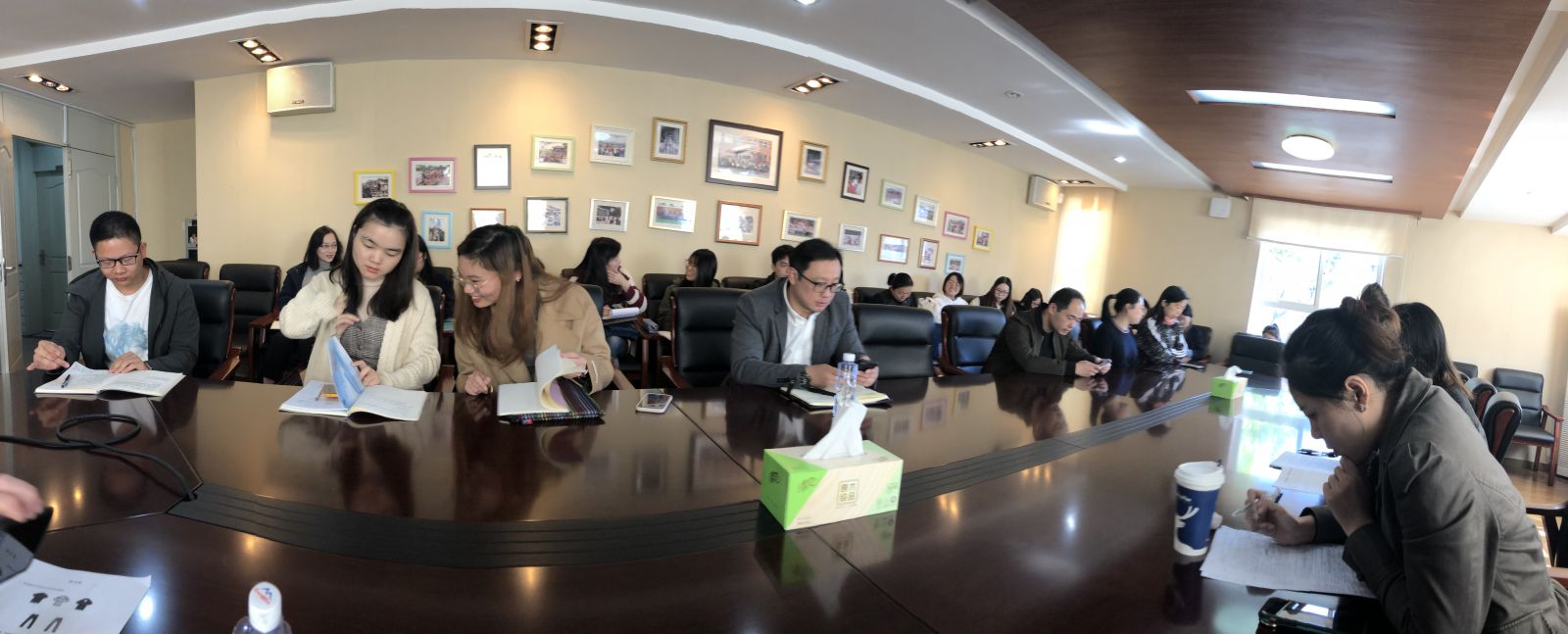
.jpg)
.jpg)
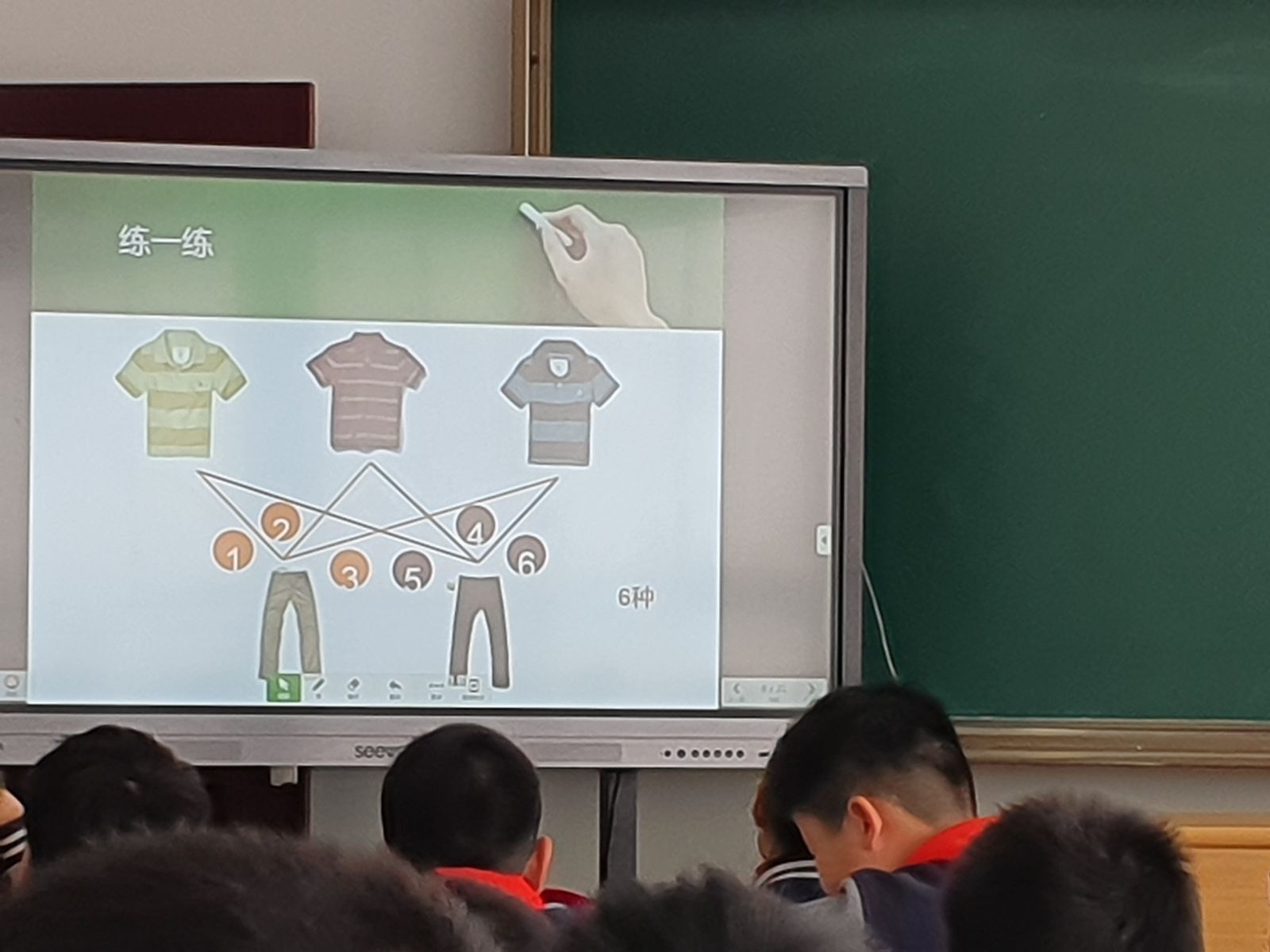
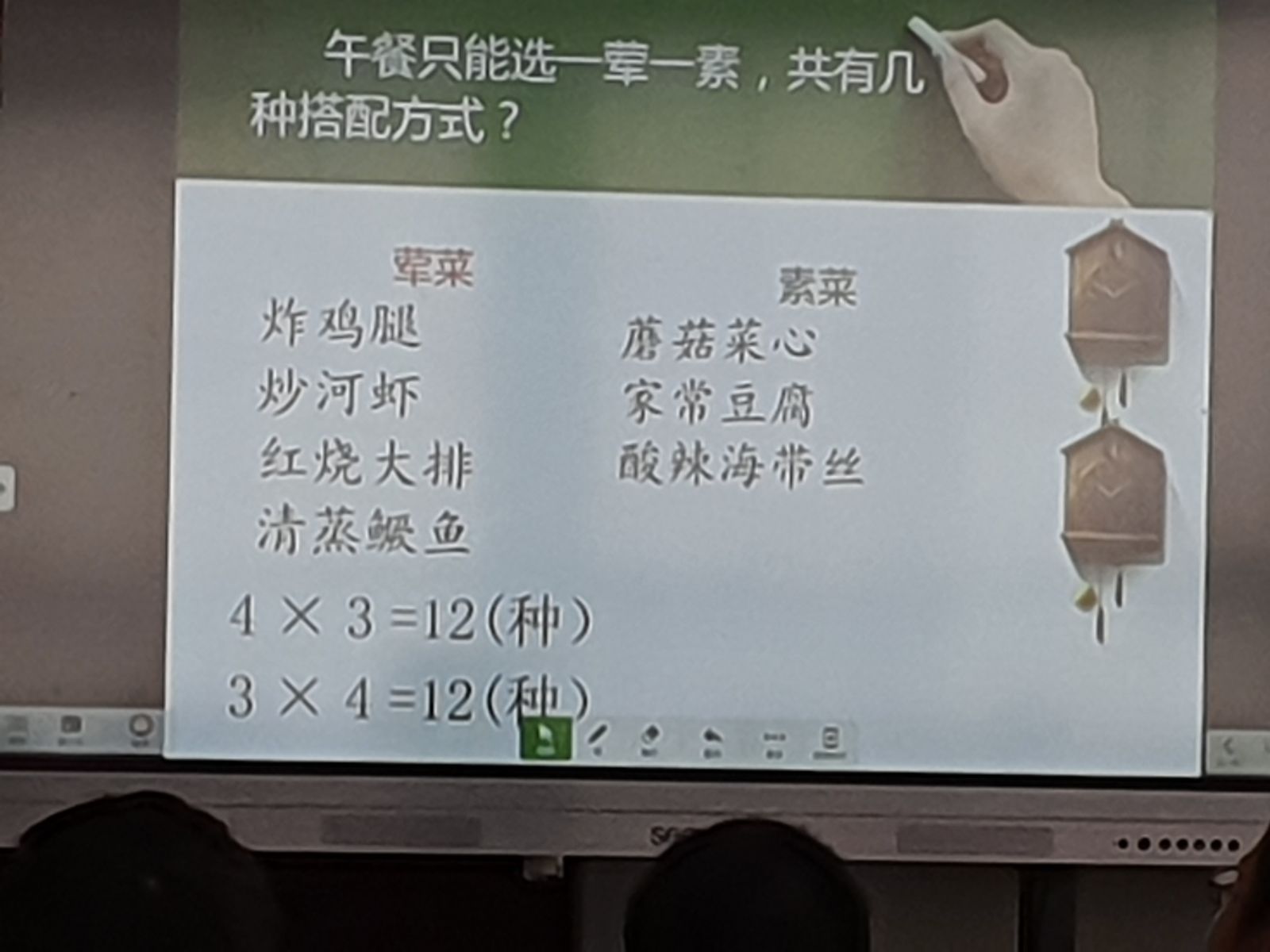
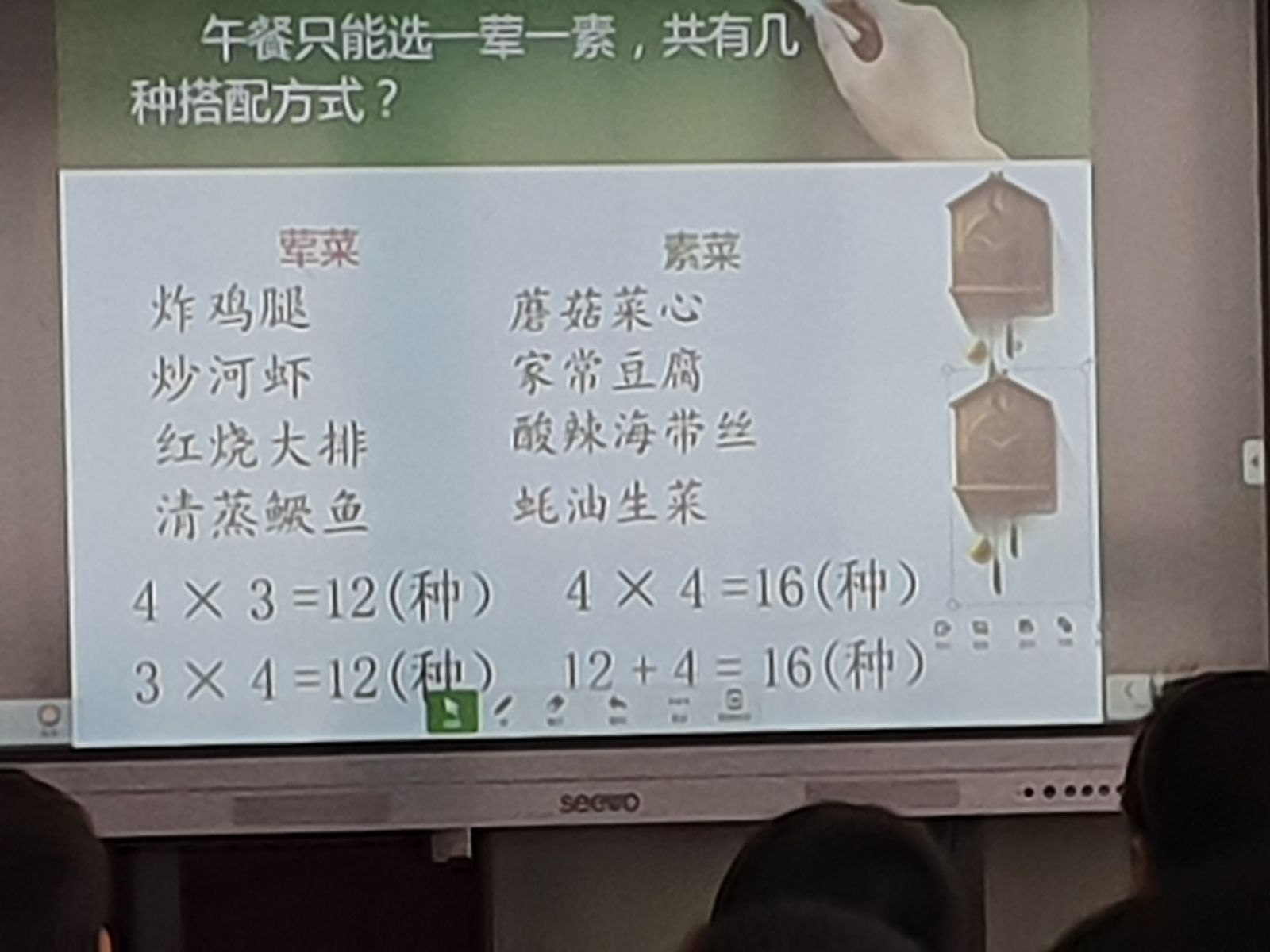
.jpg)
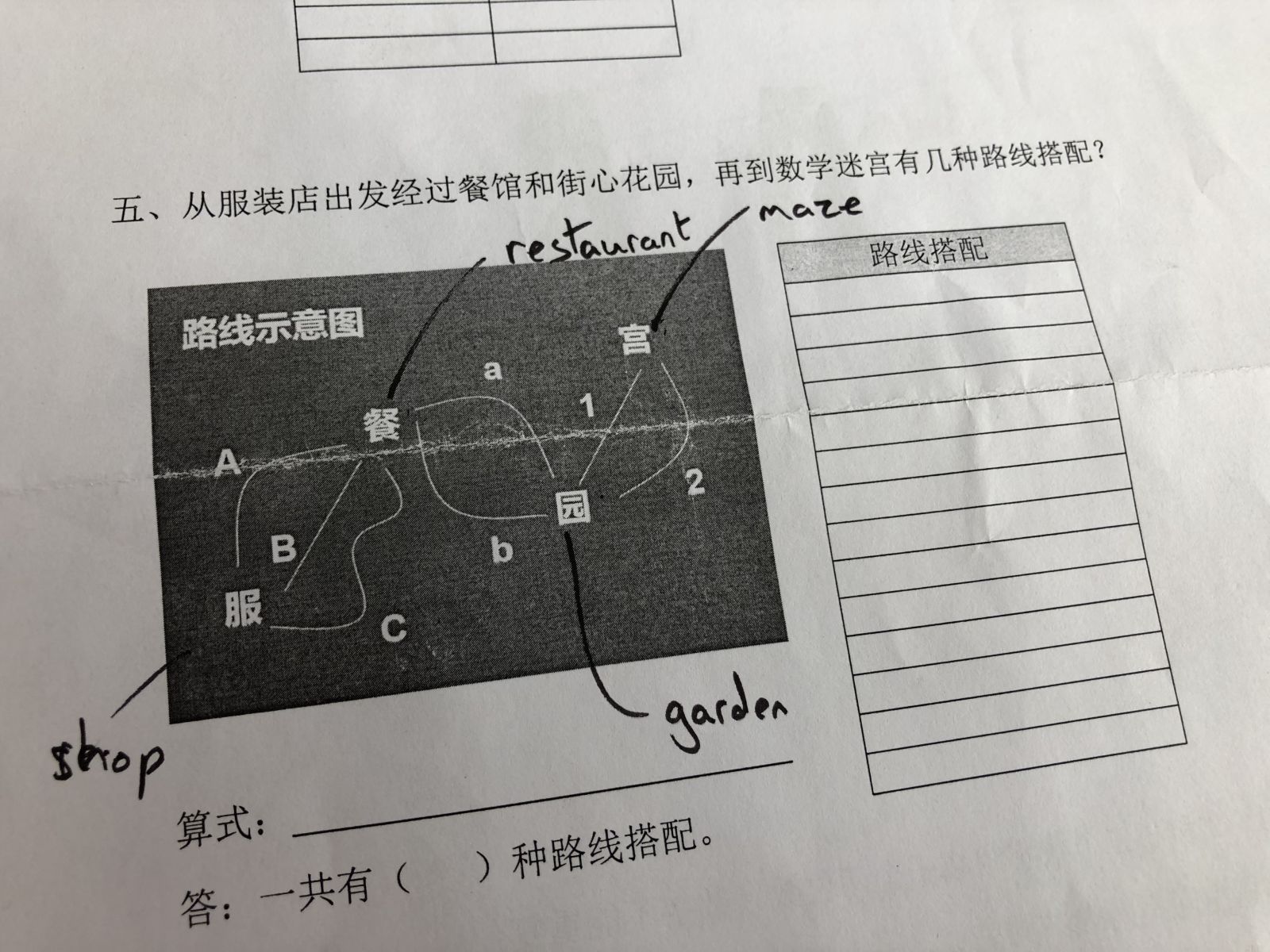
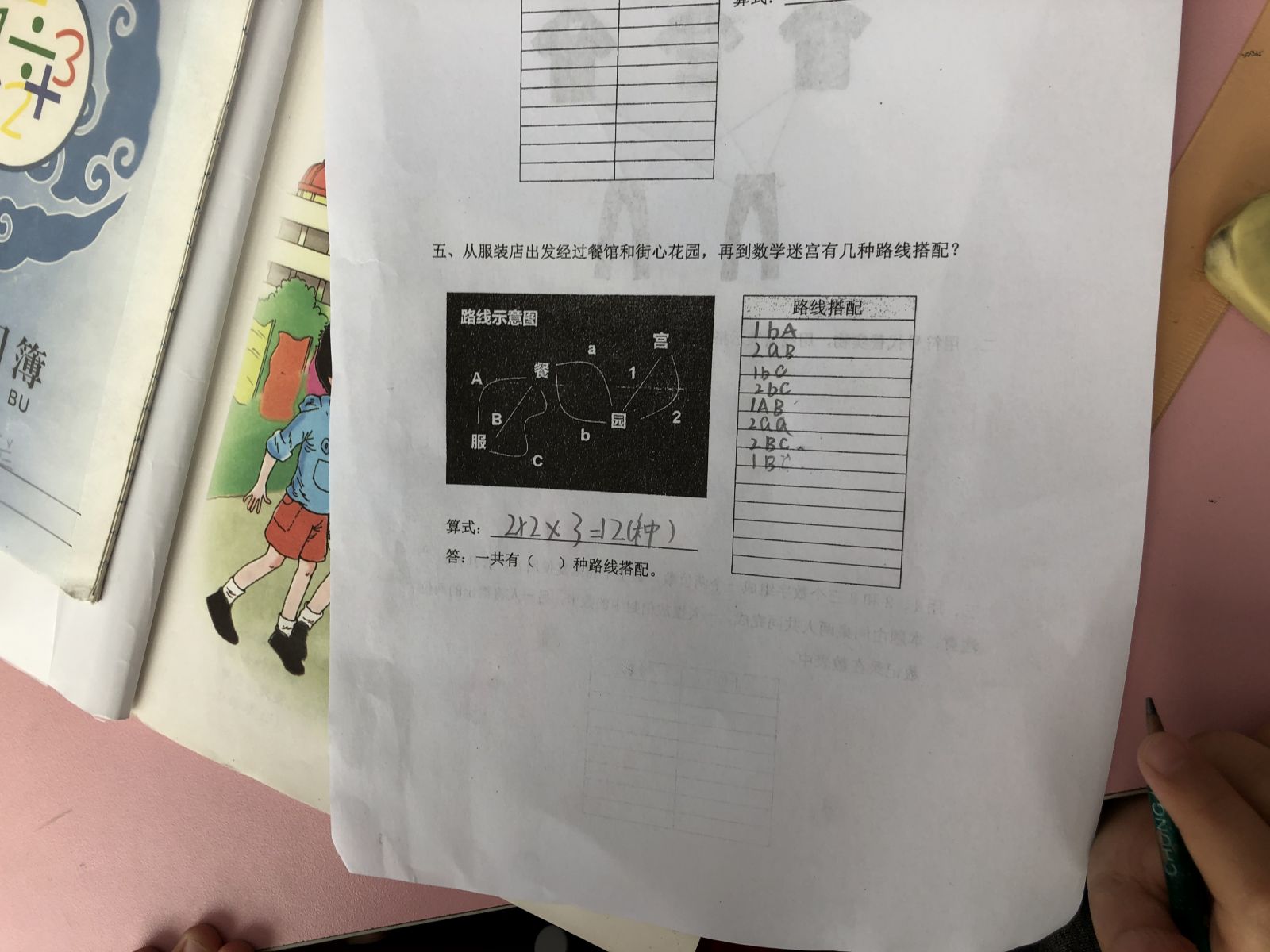
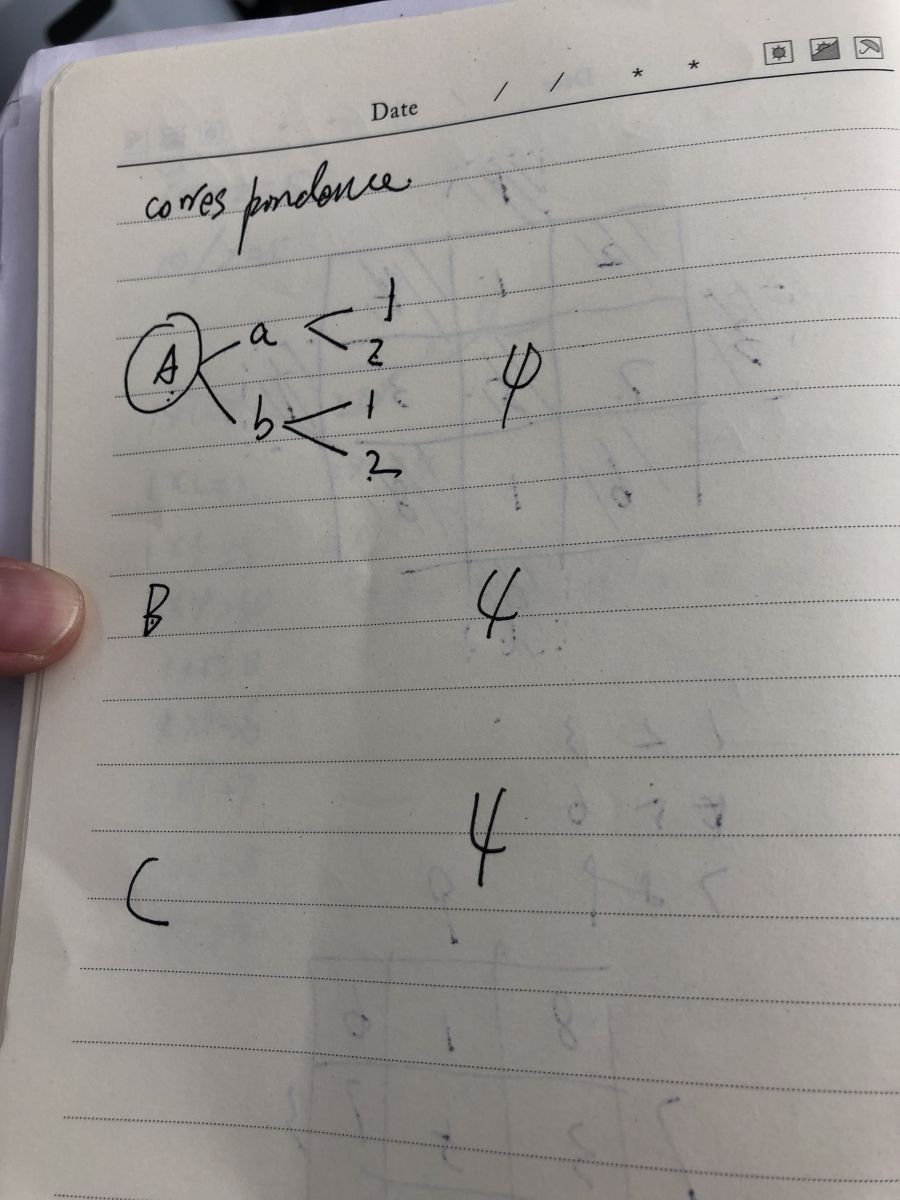
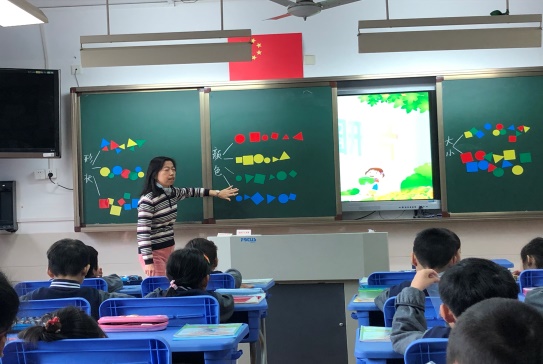

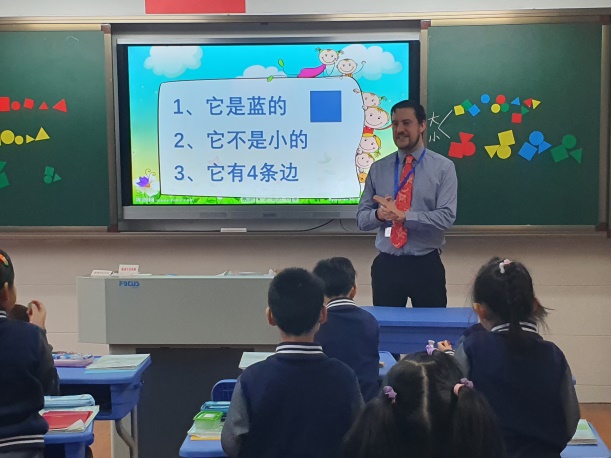
.jpg) Once again, the use of precise resources was prevalent. The children brought their own decimetre squares to today’s class - which they had made as homework following on from yesterday’s learning. Immediately, they began by comparing the size of their decimetre squares to the size of a square centimetre, which the children had also made previously, and then to a square meter, which the teacher revealed from the inside pocket of his suit, much to the jubilation of the class. They had great fun estimating how many of which was now placed on the floor, before they got up and managed to squeeze no less than 15 of them into it. This concrete representation strengthened their ability to conceptually understand and apply in abstract equations the knowledge to convert between centimetres squared (cm2), decimetres squared (dm2) and meters squared (m2). A job well done!
Once again, the use of precise resources was prevalent. The children brought their own decimetre squares to today’s class - which they had made as homework following on from yesterday’s learning. Immediately, they began by comparing the size of their decimetre squares to the size of a square centimetre, which the children had also made previously, and then to a square meter, which the teacher revealed from the inside pocket of his suit, much to the jubilation of the class. They had great fun estimating how many of which was now placed on the floor, before they got up and managed to squeeze no less than 15 of them into it. This concrete representation strengthened their ability to conceptually understand and apply in abstract equations the knowledge to convert between centimetres squared (cm2), decimetres squared (dm2) and meters squared (m2). A job well done!.png)